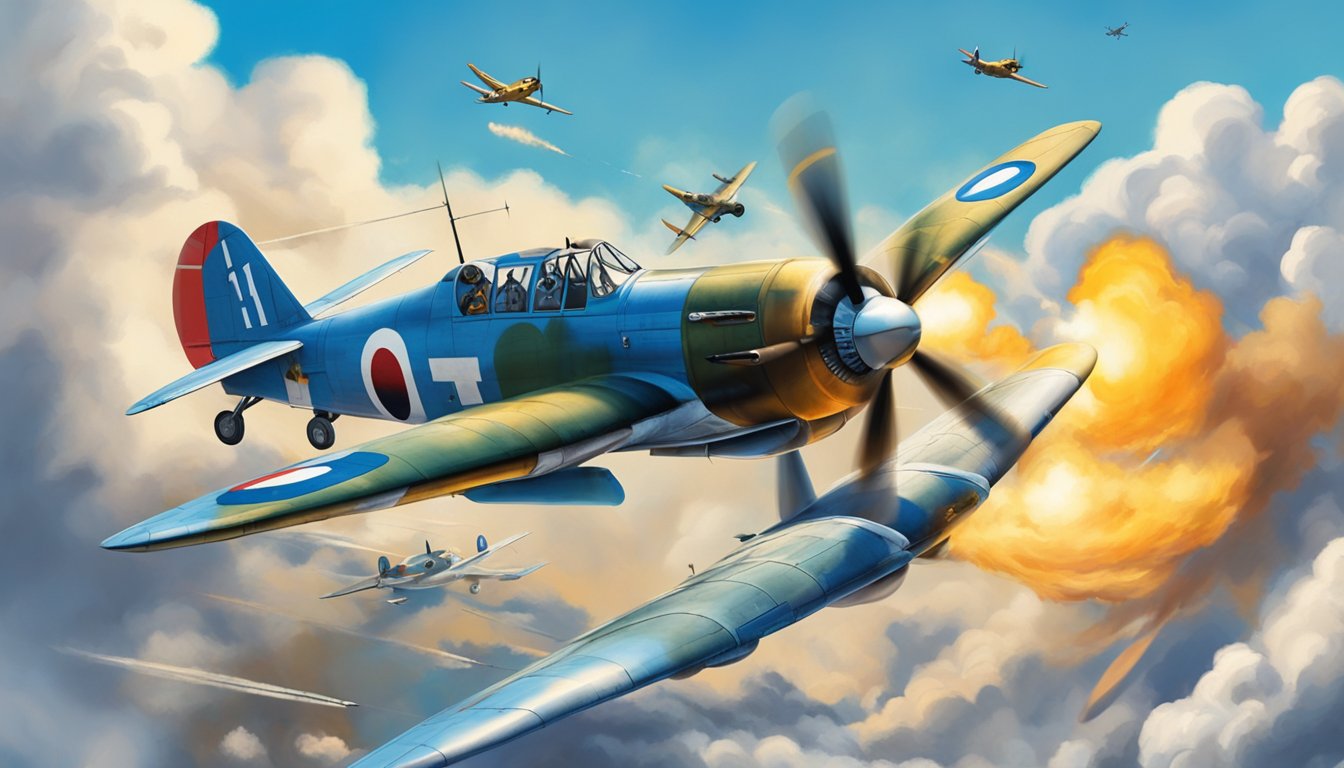An Ace Pilot’s Remarkable Journey
For fighter pilots, earning the title of “Ace in a Day” is an exceptional accolade, showcasing unparalleled skill and valor.
One such pilot was Jim Swett, who shot down seven enemy aircraft in a single day during a pivotal point in World War II—a record that would eventually rise even higher.
Born in Seattle, Washington, on June 15, 1920, James Elms Swett grew up in San Francisco.
He started his higher education journey at San Mateo Junior College in September 1939, where he became involved in the Civilian Pilot Training Program.
By June 1941, he had not only acquired his pilot’s license but also logged 240 flying hours.
In August of that year, he enlisted in the Naval Aviation Cadet Program at Naval Air Station Corpus Christi, Texas, later transferring to the U.S. Marine Corps.
Commissioned on April 12, 1942, Swett attended a communications course in Quantico, Virginia, before being deployed to Hawaii later that November.
There, he joined VMF-221, a Marine fighter squadron outfitted with Grumman F4F-4 Wildcats.
In January 1943, the squadron moved to the New Hebrides, and by mid-March, they were engaged in combat near Henderson Field on Guadalcanal.
The Pivotal Combat Mission
Although the grueling six-month battle for Guadalcanal had ended, Japanese Admiral Isoroku Yamamoto was gearing up for a counteroffensive called Operation I, aimed at the Solomon Islands and New Guinea.
The operation kicked off on April 7, 1943, when a Lockheed F-5A reconnaissance aircraft detected a large formation of Japanese planes near Kahili airfield.
At the time, Swett and his fellow pilots were patrolling the Russell Islands.
After a quick refuel, Swett led a mission over Cape Esperance.
Rear Admiral Marc A. Mitscher then directed them to assist against a new threat.
Upon arrival at Tulagi harbor, Swett immediately spotted a wave of enemy aircraft approaching—67 Aichi D3A2 dive bombers and 110 Zekes.
Amidst the chaos, Swett climbed above the fray, witnessing the attack on U.S. vessels below.
Focused and resolute, he engaged the dive bombers with his six .50 caliber machine guns, quickly bringing down several enemy planes.
He later recounted the experience as surprisingly straightforward, likening it to a leisurely shooting session.
However, his moment of ease was disrupted when anti-aircraft fire from friendly forces hit his wing, knocking out his landing flaps.
Seeking refuge in the cloud cover, Swett repositioned himself and continued the fight, managing to secure seven confirmed kills before sustaining injuries from enemy fire.
Despite the damage—his oil cooler was compromised—he safely glided toward the ocean, though he had to ditch his aircraft due to engine failure.
Miraculously, he escaped the downed plane relatively unscathed and was shortly rescued by a Coast Guard vessel.
Legacy and Recognition
Japanese records confirm that several of Swett’s claims matched aircraft losses suffered by enemy forces that day.
While U.S. Navy vessels faced damage, Swett’s actions undeniably impacted the aerial capabilities of the Japanese forces.
In the aftermath of the air strikes that followed, as Admiral Yamamoto was pleased with Operation I’s outcomes, Swett recuperated in Australia, tending to facial wounds from the conflict.
During this recovery period, Rear Admiral Mitscher nominated him for the Medal of Honor.
Although offered an early return to the States, Swett opted to remain in the fight, eager to rejoin his squadron.
By May 1943, upon his return to the Solomon Islands, VMF-221 had transitioned to the more advanced F4U-1 Corsairs.
Just after being promoted to captain on May 31, Swett played a key role in the Allied landings at the Rendova and New Georgia islands, where he targeted enemy bombers and contributed to mission success.
His combat achievements continued to accumulate as he faced more Japanese forces throughout the summer, solidifying his status as a formidable ace.
On October 9, 1943, Swett received the Medal of Honor, yet his streak of victories in the sky remained unbroken.
In November 1943, VMF-221 returned home after completing their mission, boasting a total of 155 confirmed victories as a squadron.
Swett went on to undertake further training aboard the aircraft carrier Bunker Hill, participating in crucial operations across the Pacific theater, including significant battles like Iwo Jima.
Throughout the war, he faced waves of kamikaze attacks, personally witnessing the severe damage inflicted on Allied vessels, including the Bunker Hill, which suffered heavy losses from enemy assaults.
As the war wound down, Swett’s decorations included the Medal of Honor, the Distinguished Flying Cross with an Oak Leaf Cluster, the Purple Heart, and three Strike/Flight Air Medals.
Although he joined the Marine Reserves after the war, he harbored a desire to re-engage during the Korean War.
However, rank limitations and the status of the conflict hindered his return to active duty.
Ultimately, Jim Swett retired in 1970 as a full colonel from the U.S. Marine Corps Reserves.
He passed away from a heart attack on June 18, 2009, at the age of 88, in Redding, California, and was buried at the Northern California Veterans Cemetery in Igo.
In tribute to his remarkable legacy, an airport in Trinity Center, California, now bears his name.
Source: Militarytimes

